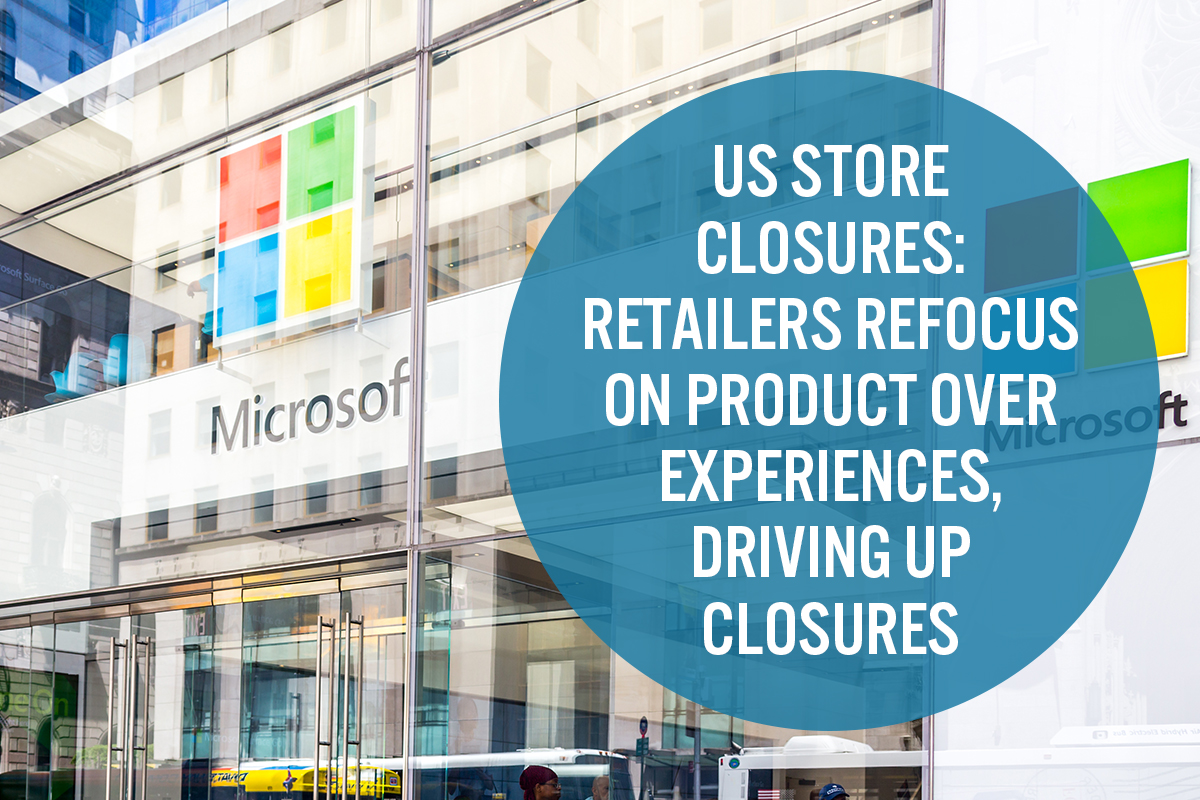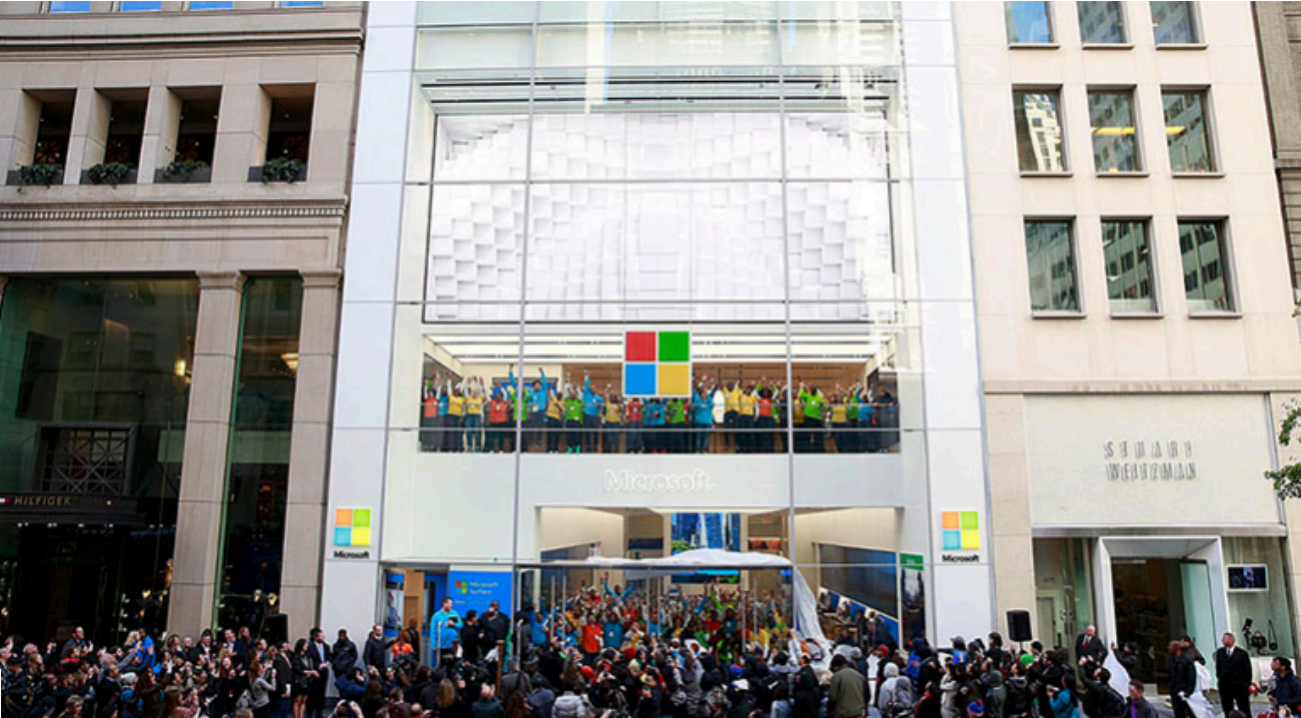
Nitheesh NH
What’s the Story?
With the coronavirus crisis showing no immediate signs of fading away and continuing to wreak havoc on the US retail industry, we are seeing brick-and-mortar retailer refocus on product over experiences. This trend is one result of what we call the “mask economy” and marks a reversal of multiyear trends for physical retail to focus more on experiences, as e-commerce catered for functional shopping needs.Why It Matters
As consumers continue to abstain from visiting malls, shopping centers and shops in general, the pivot by retailers away from experiential retail and towards product is contributing to retail store closures. Coresight Research estimates that there will be 20,000–25,000 total US store closures in 2020. Here is why retailers’ shift toward product over experiences has a significant bearing on the retail industry:- The trend implies that more retailers will look to rationalize their store fleet.
- Efficient fulfillment becomes the “experience” that consumers look for and thus a key differentiator for retailers.
Retailers’ Shift to Product over Experiential Retail Is Leading to Retail Store Closures
Following several years of brick-and-mortar retail gravitating toward experiences and services, the focus in the offline channel is now shifting back on to the product—less shopping and more buying. In line with the trend toward contact-light retail in a “mask economy,” we think that the “experience” that shoppers expect from physical stores will now be that of getting a product in a shopping journey that is as friction-free as possible, rather than dwelling on in-store treatments, classes or other events that draw crowds or require physical contact. In terms of closures, this trend is reflected in Microsoft’s June announcement that it will permanently close all 83 of its retail stores, including 73 in the US. The company had conceptualized and launched these stores over the past 10 years with a strong experiential focus whereby customers could test out new software and hardware developed by Microsoft and its partners. The company announced that it will now focus instead on its online store, where customers can make purchases and receive support, sales, training and more—representing a shift away from experiential retail, at least in the near to medium term. [caption id="attachment_114585" align="aligncenter" width="700"] Microsoft’s Fifth Avenue retail store.
Microsoft’s Fifth Avenue retail store.Source: Company website[/caption]
More Integration Between Stores and E-Commerce Operations; Conversion of Locations to Dark Stores
The crisis has accelerated the adoption of true omnichannel operations that include not only “buy online, pick up in store” and ship-from-store but also curbside pickup, including contactless options. Our August 2020 analysis found that 76% of the top 50 store-based retailers in the US now offer curbside pickup, and we expect this to climb even higher as consumers and retailers continue to look for contact-light options. Stores are therefore becoming de facto fulfillment centers, but we are also seeing examples of closed stores being converted into full distribution centers or dark stores (store-like formats open only for picking online orders).- Amazon is reportedly in talks with mall owner Simon Property Group to take over closed or current JCPenney and Sears department stores and convert them into fulfillment centers. The number of stores under consideration has not been disclosed, but the companies were reportedly working on plans even before the coronavirus outbreak. According to a recent public filing, Simon Property Group has 63 JCPenney and 11 Sears stores in its mall portfolio.
- In April, Amazon-owned Whole Foods converted some of its stores in Los Angeles and New York to dark stores, while other grocery chains such as Giant Eagle and Kroger temporarily converted some of their locations to dark stores with plans to make some conversions permanent.
What We Think
For now, we expect physical retail to continue its switch back to the more functional purpose of getting products, reversing the multiyear trend toward experiences. Implications for Brands/Retailers- Retailers will need to deliver strongly on fulfillment in the absence of experience as a differentiator.
- As part of being truly omnichannel, retailers must consider the role that stores can play in the shift to functional shopping—including as dark stores.
- Although experiential retail has lost some relevance in the current environment when it comes to physical stores, retailers should aim to capitalize on the opportunity to offer a great experience in digital and omnichannel retail.
- Conversion to distribution centers and dark stores offers some hope to mall owners and will continue the longer-term shift of malls away from being pure retail spaces.
- Suitability for conversion will vary by type of store, floor plate and location within shopping centers. Given their scale, department stores look to offer the most promise of suitability.
- Conversion to fulfillment will help REITs fill redundant space, but unlike stores, they will not strengthen the appeal of malls to shoppers.